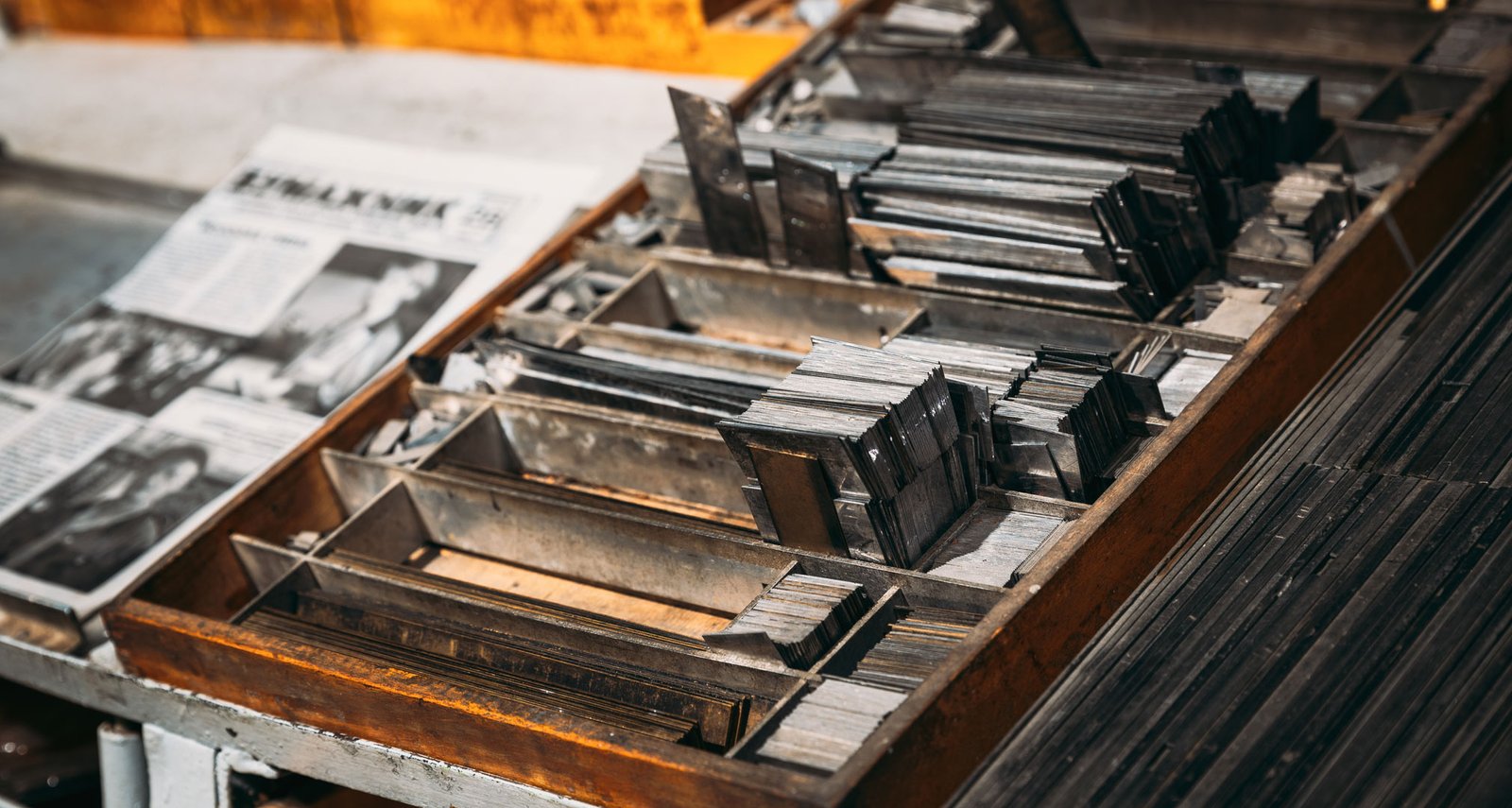The story of printing is an exciting adventure filled with moments that changed how information reached people. One of the most crucial periods unfolded in the 18th and early 19th centuries when the printing press transformed from an old craft into a speedy, mechanized wonder. This significant shift, led by brilliant minds like Lord Charles Stanhope, Friedrich Koenig, William Cowper, and the Fourdrinier brothers, forever changed the world of publishing.
In the 1700s, printing presses, similar to those used by Baskerville and Bodoni, resembled the ones invented by Johannes Gutenberg in the 15th century. While these early presses were important, they lacked the efficiency needed for the changing times. The real change came during the Industrial Revolution.
In the Industrial Revolution, Lord Charles Stanhope introduced a groundbreaking all-cast-iron press in 1800. This innovation significantly improved efficiency and set the stage for more advancements, laying the foundation for the true printing revolution.
The real revolution in printing happened with the introduction of steam-powered presses. In 1807, Friedrich Koenig designed an impressive steam-powered press capable of printing 400 sheets per hour, surpassing traditional handpresses. Koenig’s innovations, including the stop-cylinder steam-powered press, brought a new era of speed and efficiency.
The impact of steam-powered presses reached new heights when The Times in London adopted double-cylinder steam-powered presses in 1814. This marked the most significant improvement in printing since its discovery, showcasing the transformative power of technological advancements.
Steam-powered presses quickly spread across Europe and North America, offering unmatched efficiency. For example, the Applegath and Cowper steam-powered multiple-cylinder press outperformed traditional handpresses, reducing costs and substantially increasing print run sizes.
The 1830s witnessed a printing explosion fueled by accessible and economical steam-powered presses. This expansion was complemented by innovations in papermaking machines. Nicolas-Louis Robert’s 1798 prototype, John Gamble’s 1801 patent, and the transformative work of the Fourdrinier brothers ensured a steady and economical paper supply.
The late 18th and early 19th centuries witnessed a printing revolution, thanks to advancements in printing presses and papermaking machines. Pioneers like Friedrich Koenig, Lord Charles Stanhope, and the Fourdrinier brothers transformed printing from a manual craft into a high-speed, mechanized industry. Their contributions not only made printed materials more accessible, efficient, and affordable but also left an indelible mark on the history of printing and the spread of knowledge.



